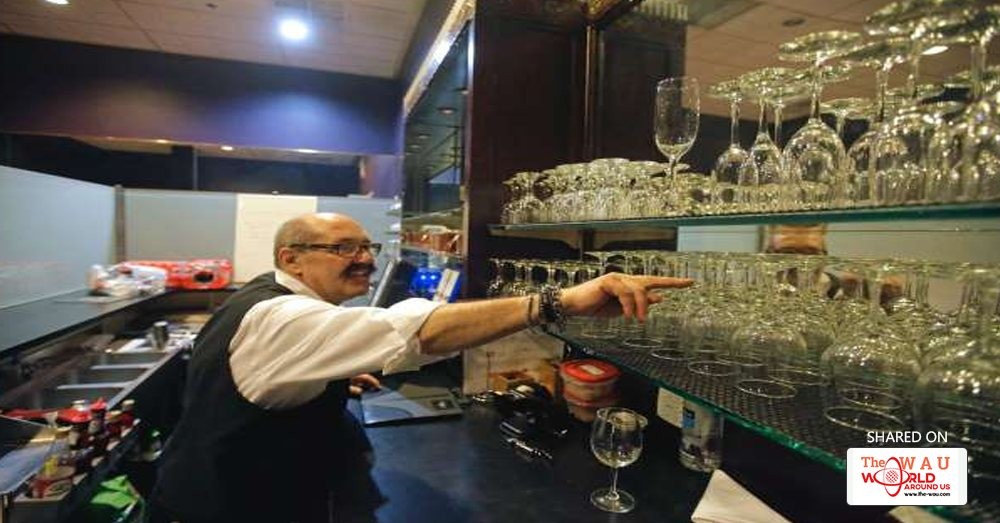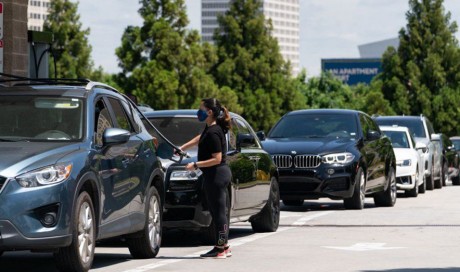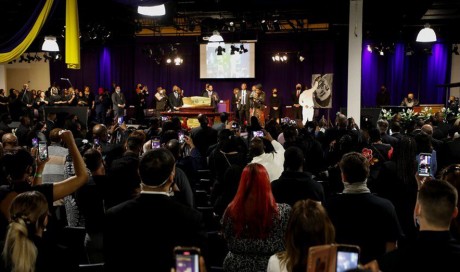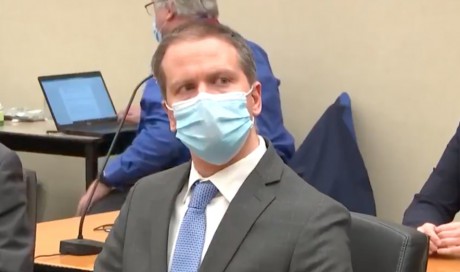Utah is moving toward adopting the nation’s strictest drunken-driving law under a measure to be signed by Gov. Gary Herbert.
The legislation lowers the standard from the current 0.08 blood-alcohol content level — used nationwide — to 0.05 BAC. The drop means someone could be considered legally too drunk to drive after as little as a single strong drink, depending on their weight and tolerance.
“We’re not asking for Prohibition,” Herbert said during a Thursday press conference. “We’re hoping people take this as a cautionary note.”
The proposal has divided the tourist-dependent state, and Herbert said he’ll call a special legislative session later this summer to hash out additional details, including the exact implementation date. Some critics have urged Utah to delay rolling out the standard until other states act. Herbert hasn’t said when he’ll sign the law, which in its current form takes effect at the end of 2018
The National Transportation Safety Board backs the new Utah law and recommends all states adopt the 0.05 standard, if not lower, arguing that stricter laws could save more nearly 1,800 lives annually. About 10,000 people die in alcohol-related accidents on U.S. roads annually, the NTSB said.
Utah was the first state to adopt the nation’s current .08 standard in 1983, and safety advocates say the Beehive State should once again lead by example. Herbert said 85% of the world’s population already lives under the .05 standard.
Most of Europe, including France and Italy, along with Australia, New Zealand and Iceland, uses the .05 standard. Experts say the first signs of alcohol impairment manifest around that level of intoxication.
Utah has a complicated history with alcohol: Members of the Mormon Church, also known as the Church of Jesus Christ of Latter-day Saints, generally don’t consume alcohol, and the state has required non-Mormons to jump through logistical hoops if they want to drink alcohol in restaurants or bars. Some critics say the new law could make people think Utah is “weird,” something Herbert acknowledged he’s heard. Utah is 60% Mormon, and the church has a strong influence on the state’s politics and public life.
“There’s not many Mormons in Rome, and they do this, too,” Herbert said.
The Utah Restaurant Association opposes the change and plans to argue for revisions or delays in implementation. URA President Melva Sine said the new law imperils the state’s fast-growing economy. Liquor sales are usually a key profit maker for restaurants.
“Our concern is that we’re going to criminalize people who are going out to enjoy an evening,” Sine said. “We feel like it will change the social structure of our entire state.”
Herbert said people are free to drink as much as they want as long as they don’t get behind the wheel. But he acknowledged the concerns and said lawmakers would consider changes during the summer special session.
Alcohol is significantly less of a factor in fatal crashes in Utah than excessive speed and lack of seat belt use, state highway officials report. Of the nearly 200 drivers tested for impairment following a fatal crash last year, 57% were completely sober, 9% had alcohol in their system, 30% had some sort of drug in their system, and 4% tested positive for both drugs and alcohol, the Highway Safety Office said.
Acknowledging those statistics, Herbert said he wants to see lawmakers toughen penalties for distracted driving and increase enforcement of existing traffic safety laws.
Share This Post















